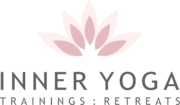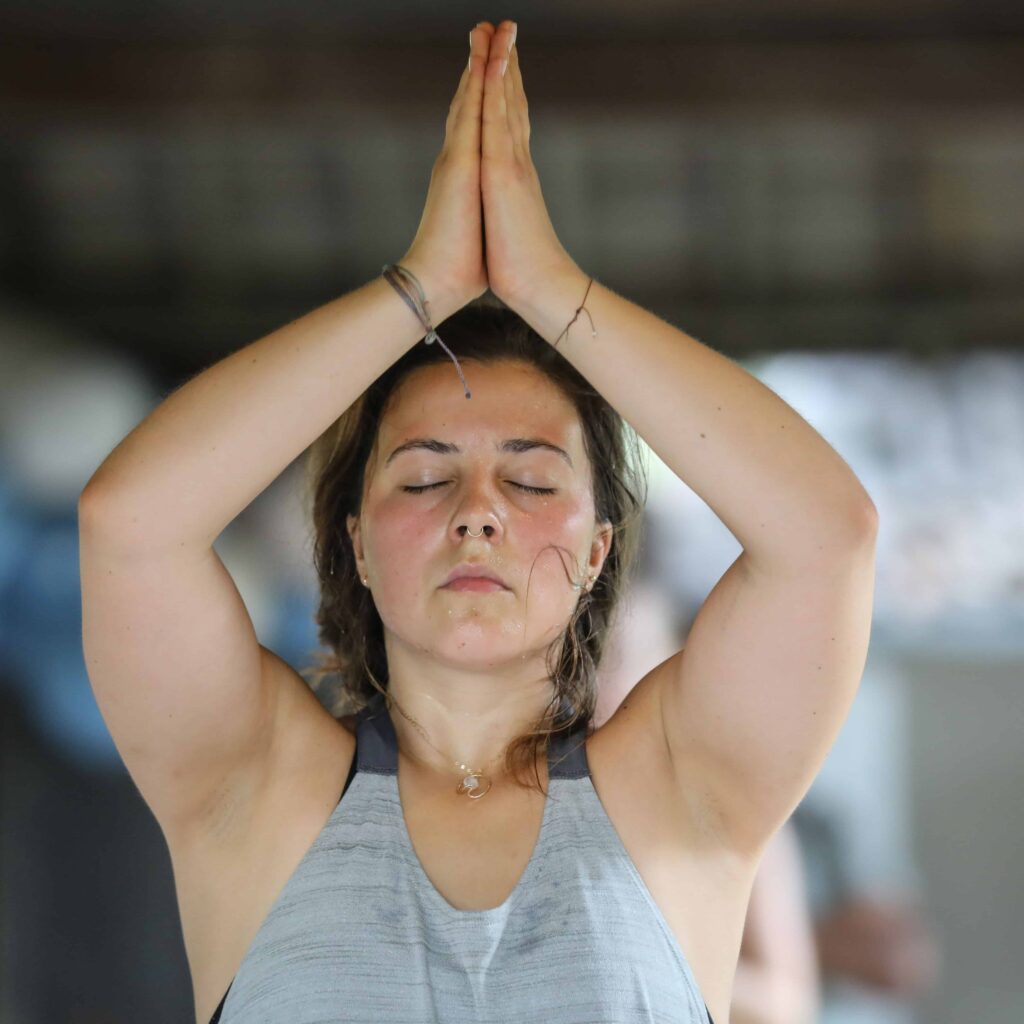With so many styles of yoga to choose from, it can be confusing to know where to start. If you’re looking to dive deeper into a particular practice, there are countless 200 hour vinyasa yin yoga certification courses in Bali that specialize in different styles of yoga. But before you take the plunge to invest in a yoga teacher training or even practice a class, it’s good6 to know what differentiates the various styles. Today we will explore two of the most well-known styles of yoga in the West – vinyasa yoga and yin yoga. How is yin yoga different from vinyasa, and how do you know which is the best fit for you? Let’s start with some basics – the core differences between the two.
Vinyasa yoga teacher training in Bali is characterized by a series of asanas woven together with the breath to create continuous linked movement. Transitions are smooth, fluid, and dynamic in nature. It is a contrast to traditional hatha yoga, which holds asanas for extended periods, and there is a more definitive break between poses.
Physically, vinyasa yoga increases blood flow and works the cardiovascular system to create heat. It strengthens and stretches the muscles and is energetically uplifting. Mentally, vinyasa can help you expand your mindset. If you want to build strength and stamina and explore your edges by stretching your body and mind, vinyasa yoga is for you. Many different styles exist within the umbrella of vinyasa yoga, such as ashtanga, power yoga, or embodied flow.
While vinyasa yoga is yang in nature – fiery, active, and cultivates heat – yin yoga is the other side of the coin and is calming and cooling. It is more passive in nature- the optimum benefit is received by doing less rather than more. It is cooling and calming for the nervous system and the body.
While vinyasa yoga moves at a faster pace, yin yoga emphasizes slowing down. Rather than targeting muscles, yin yoga targets the deeper connective tissue – fascia, ligaments, tendons, and joints. Fascia is the glue that holds our physical body together. It connects our bones to bones (ligaments) and muscles to bones (tendons). These deeper aspects of the body can only be accessed by disengaging the more superficial aspects of the body- the muscles. You can learn more about the anatomy of a yin practice in Inner Yoga Training’s upcoming yin yoga teacher training in Bali.
While in vinyasa, we activate the muscles and move dynamically, in yin, we cultivate a sense of being rather than doing, surrendering to time and gravity. If effort is being exerted and the muscles are active, the deeper layers of the tissues aren’t accessible. It is only through softening that we are able to access these deeper parts of ourselves. In doing less in yin, we actually receive more. If you need to slow down mentally and physically and want to cultivate greater mobility and spaciousness in your body and mind, yin yoga is for you.
Yin and vinyasa yoga are equally important for cultivating a sense of balance in your yoga practice, body, and life.
If you are interested in learning more about the anatomical, energetic, and philosophical aspects of vinyasa yoga and yin yoga, Inner Yoga Training is hosting their 200 hour vinyasa yin yoga teacher training in Bali most months in 2023, or if yin yoga sounds more like you then join their 100 hour yin yoga training in Bali.

